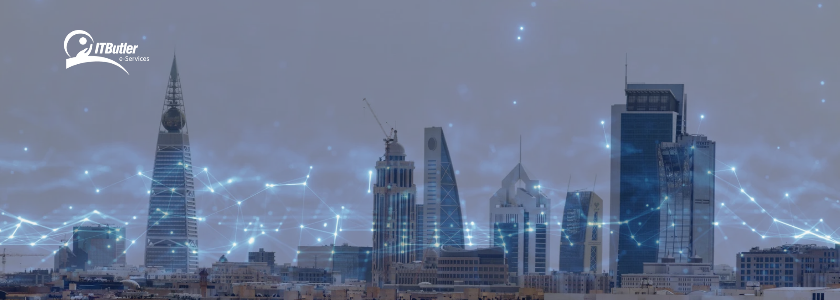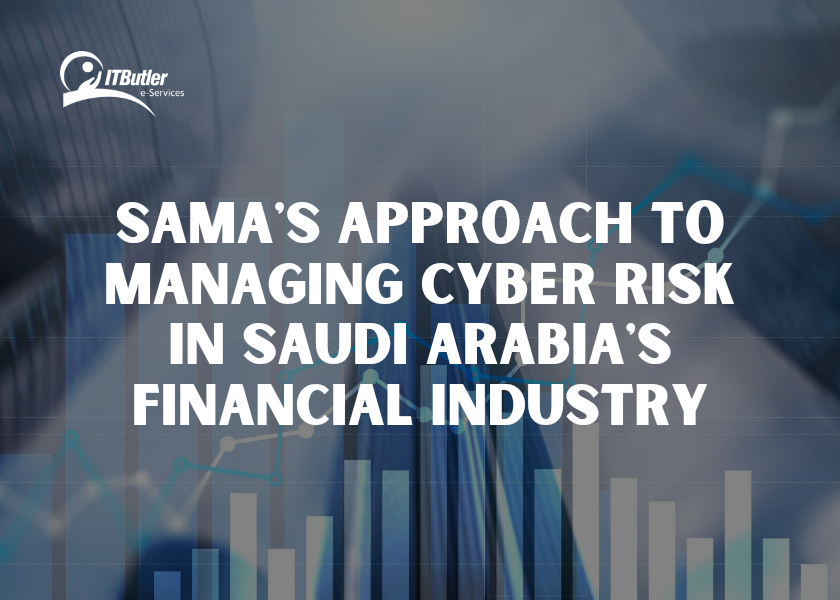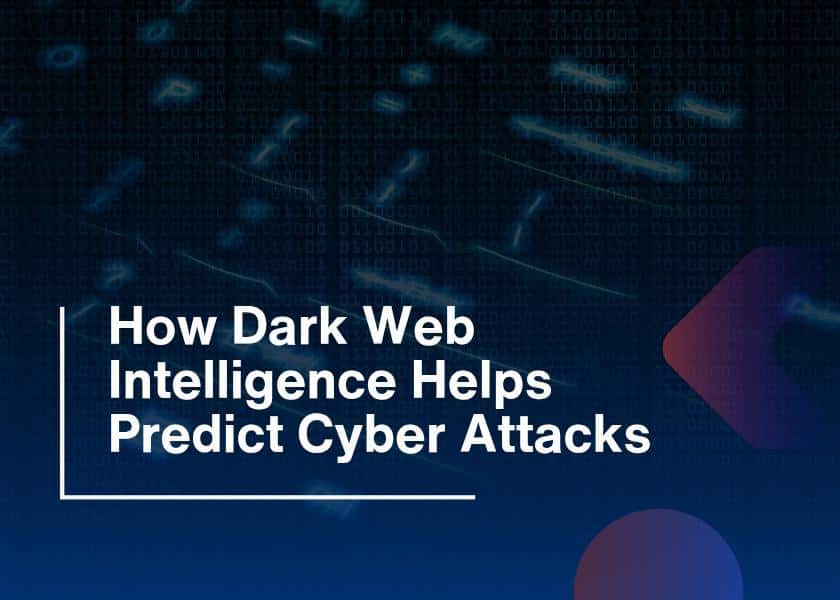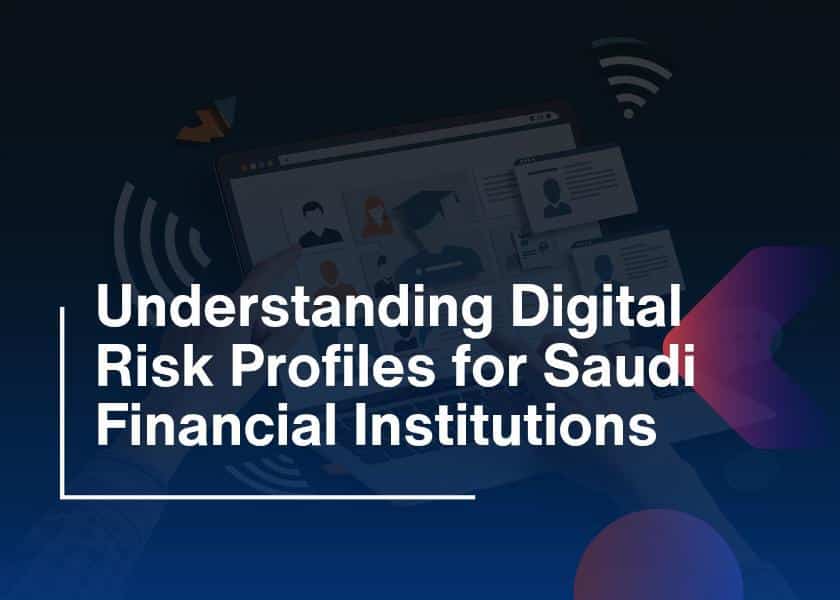Saudi Arabia’s financial industry stands tall, especially under the guidance of the Saudi Arabian Monetary Authority (SAMA) from threats. At all times, hackers are on the lookout for valuable financial data. So SAMA cyber risk management strategies will double up as a digital bodyguard for banking and financial industries. Moreover, it also ensures their security against cyber villains.
However, SAMA places a lid on cyber risks and delves into moves to deal with cyber threats. Now we will take a lighthearted but comprehensive look at the measures taken by SAMA and their impact.

Understanding SAMA Cyber Risk Management
SAMA is comparable to the kingdom’s local guardian of the world of finance, supervising banks, insurance firms, and investment companies. Indeed, some of the primary responsibilities are to ensure monetary stability, exercise control via regulation, and promote cybersecurity strategies.
Furthermore, Saudi Arabia in particular has developed Vision 2030, a national program for diversifying the economy and embracing digital growth. It is an important component where cybersecurity has increasingly taken priority. However, the trend of digital transactions increases the need for more profound cyber security. In this regard, SAMA has led the financial institutions in Saudi Arabia to establish firm cyber security measures, significantly reducing attack vulnerabilities.
Need for Cyber Risk Management in the Financial Industry
As goes the financial industry, so go the threats. But today through online transactions and digital banking services, financial institutions are now at a heightened risk than ever before. In short, if banks throw open more virtual windows for convenience, this provides more entry points for attackers. That’s where SAMA comes in to help minimize these risks. As it creates an all-embracing cybersecurity strategy mainly aimed at and targeted at Saudi Arabia’s financial industry.
Cyber risk management is much more than the battle to outsmart hackers. It is about projecting risks effectively, developing resilient systems, and recovering if things go wrong. But for SAMA, it means the formulation of policy, promotion of best practices, and guidance of financial institutions. Thus, helping to deal with cyber risks so that they can be handled successfully and minimized.
SAMA Cyber Risk Management Strategy
SAMA’s approach toward cybersecurity is four-pronged-prevention, detection, response, and recovery. As it encompasses each, to ensure reduced vulnerability and comprehensive defenses.
1. Prevention
Prevention serves as the first line of defense. It is through strict policies of SAMA that shield financial institutions against common cyberattacks. Further, it enforces policies such as firewalls, antivirus software, and highly complex encryption techniques.
The training of the employees is also focused upon. Because no matter how hard you try to protect with cybersecurity defenses, everything goes down if the employees are not aware. However, through regular training programs, employees learn about phishing scams, suspicious emails, and protocols on how to handle data.
2. Detection
Detection would make the difference between a small hiccup and a total catastrophe. Therefore, SAMA encourages financial institutions to use real-time monitoring systems for any unusual activity. In short, put a night guard on every door, window, and crack.
As these monitoring systems raise alarms for unusual behavior, increase in login attempts, or odd requests for data. Early detection enables financial institutions to respond fast and so will avoid escalation of security incidents.
3. Response
A well-designed incident response plan for handling cyber threats is included as part of SAMA’s strategy. So this is where the real test begins. Managing a cyberattack may be minimized in damages if one gives an immediate and coordinated reaction. Therefore, SAMA gives guidelines on how to analyze threats, protect data, and communicate with stakeholders relevant to it.
Furthermore, another main strategy that SAMA uses in its response plan is collaborative action. In the event of a cyber incident, SAMA collaborates with financial institutions to face the threat as a team. Hence to enable swift and effective responses.
4. Recovery
Recovery after a cyber incident is necessary. However, this involves returning systems to a functioning condition, analyzing the incident, identifying what went wrong, and implementing additional safeguards. Hence, SAMA encourages post-incident reviews as a technique for continuous improvement, to learn from every experience, and strengthen defenses.
Risk Mitigation Tactics in SAMA’s Cybersecurity Framework
SAMA’s cybersecurity framework is filled with countering cyber risks. Let’s break it down for some of the major strategies that SAMA urges in this regard:
A. Two-Factor Authentication (2FA)
SAMA makes two-factor authentication, an additional verification policy other than what is passed through the password, compulsory for banks. So, even if a password is compromised, there will be a second level of verification yet to protect from unauthorized entry.
B. Data Encryption
Data encryption is another effective approach that falls under the SAMA framework. However, data encryption converts data into a secret code, even a hacker doesn’t know what they have captured. Moreover, the encryption embraces everything from internal emails to customer financial transactions under the shield of SAMA’s guidelines.
C. Security Audits
This is just like your car being serviced regularly, SAMA advises regular cybersecurity auditing to identify vulnerabilities. It will point out the loopholes of a system whereby the financial institution can look into it.
D. Vulnerability Patching
When an application vulnerability is found, SAMA recommends patching immediately. The patches can be considered digital Band-Aids. These are plugged into those holes in the system to prevent the attackers from exploiting that weakness.
E. Access Controls
To limit access to sensitive information, SAMA cyber risk management advocates that financial institutions should have adequate access controls. Therefore, only those individuals requiring access to critical information are allowed to access them. Thus, the likelihood of insider threat or accidental breach is relatively low.
Impact of SAMA’s Cybersecurity Initiatives on Saudi Banking Security
The various firms in the financial sector in Saudi Arabia are now responsive. As they incorporate cyber security measures with the SAMA standards of safety directly or indirectly from threats. However, due to SAMA’s efforts much benefit has come along the way. Include customers, with improved digital security, can also conduct online banking, investments, and transactions with confidence.
Conclusion
SAMA cyber risk management strategy is excellent for the financial industry in Saudi Arabia. The core values of prevention, detection, response, and recovery provide the tools SAMA utilizes. However, these are used when putting its financial institutions in the best place to succeed against any cyber threat. SAMA has risk management as the foreground and collaboration to make it one of the leaders in cybersecurity within this region.
Moreover, with the increasing digitalization, the approach to managing risks would be crucial for a financially safe, and resilient environment. So the next time that you log into your online banking, remember that SAMA for a safe digital experience!





